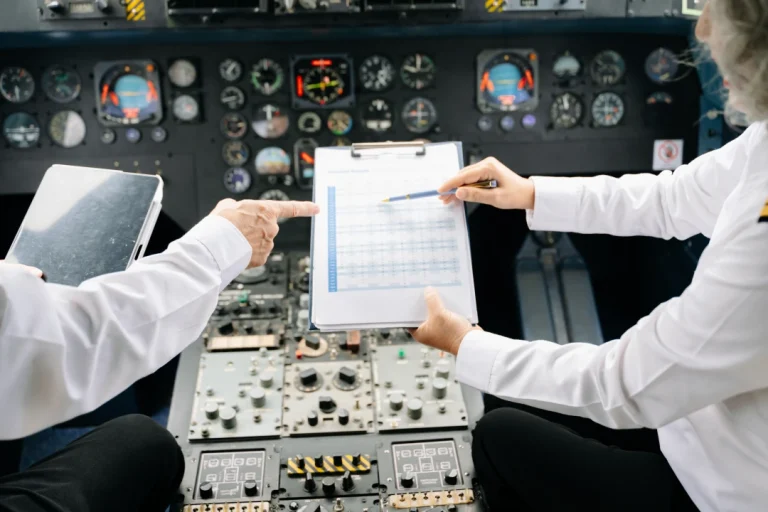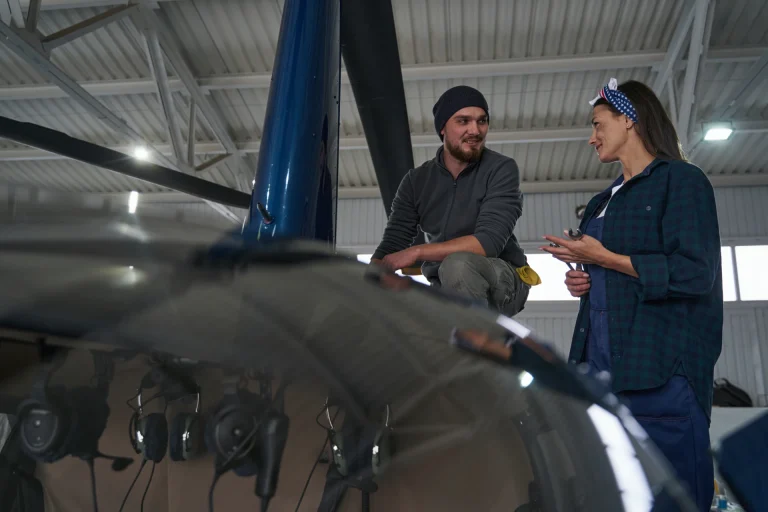As the Training Manager at Sarsan Aviation Academy, my stance on the use of simulators and VR technology in aviation training is one of strong endorsement. The recent poll results — with 38% rating these technologies as essential, 25% as beneficial, another 25% as useful for certain courses, and 13% as not important — reflect a diversity of opinion, but do not sway my belief in their vital role within our educational framework.
In my experience, simulators and VR technology are fundamental to achieving the high standards we set for aviation training today. These tools allow for the creation of immersive, true-to-life experiences that are critical for effective learning. They bridge the gap between theoretical knowledge and practical skills, enabling students to apply what they have learned in a risk-free environment. This is especially crucial in aviation, where the practical application of knowledge can have direct implications on safety and efficiency.

Simulators and VR provide a controlled setting for students to face and manage real-world challenges, ensuring they are not only knowledgeable but also adept in handling complex situations. This hands-on approach is what sets our graduates apart as they enter the aviation industry.
From my perspective as a professional responsible for the training and growth of future aviation technicians and engineers, embracing simulators and VR technology is not optional; it’s a cornerstone of our commitment to nurturing skilled, adaptable, and competent professionals.










